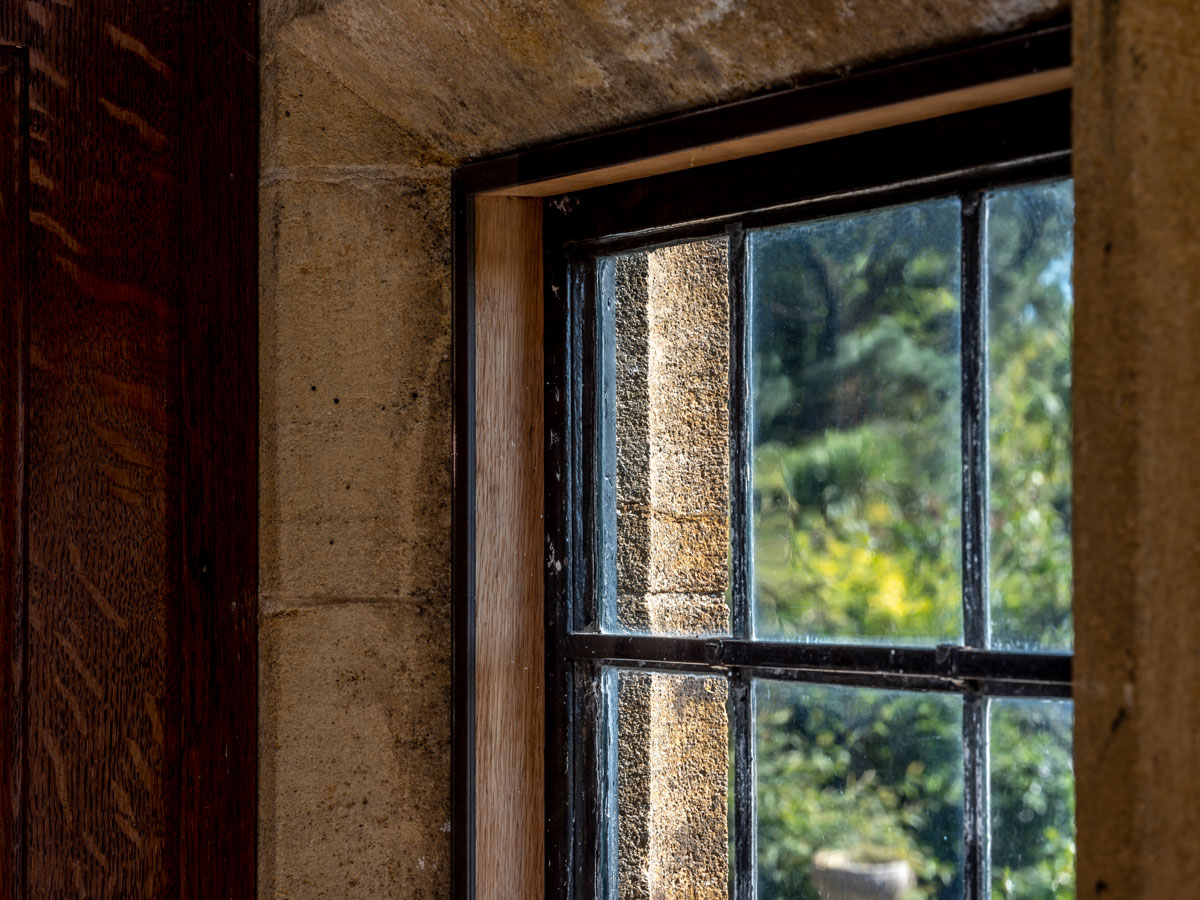It is now mandatory for any listed building planned for sale to possess an Energy Performance Certificate (EPC), and if you are renting a property it must have an E rating.
Should your property receive a rating of E or lower, it must meet the minimum energy performance standards to be eligible for sale or rental. EPC ratings are progressively tightening for rental properties.
The order of priority of measures to achieve E rating at the lowest cost is different from the order of priorities for achieving maximum heat savings at the lowest cost.
If a landlord wants to achieve E ratings but is not concerned about significantly improving the comfort of the tenant, the most cost effective measures are room-in-roof insulation and high heat retention storage heaters. However, if this route is followed, the tenant is likely to find the storage radiators expensive to run because the building is leaking so much heat.
If the aim is to both achieve E ratings and also significantly improve the comfort and fuel costs for the tenant, the best approach is to fit insulation measures first to reduce heat loss from the building by 40-50%, then fit high heat retention storage radiators.
In this case, fewer heaters will be required to keep the property warm, reducing installation costs and making them more affordable to run. The tenant will feel warm, have significantly reduced fuel bills and the property will achieve an E rating.










